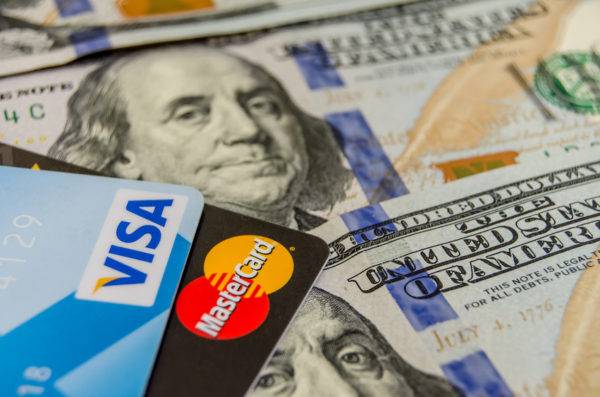Public transportation systems around the world are very different. Ticketing systems and route information are often confusing and rarely convenient for the user. But what if your credit card could act as a Fifth Element-style multipass enabling you to board that commuter train or bus with a wave of your hand?
This is the idea behind Mastercard’s initiative to make its contactless payment system to work getting people around town, or cross-country, with ease.
Embracing contactless payments
More than 80 cities around the globe are enabling commuters to pay for their train or bus pass by tapping their card on an onboard terminal. For users that prefer to use their smartphones as a contactless payment medium, this feature will work for them, as well.
This allows holders of a Mastercard to skip the ticket lines and hop on board with a tap or a swipe. London, a city with one of the largest public transportation systems in the world, introduced contactless payments in 2014. Since then, an incredible 40% of daily pay-as-you-go trips are taken by passengers using this system.
See also: How contactless payments can help disaster-proof smart cities
Commuter rail lines in New York are set up so travelers can “Masterpass” their ticket. Singapore is following suit, becoming the first city to offer contactless ticketing in the Asian market.
“While every city has its own characteristics, virtually all of them are dealing with congestion and pollution, hence they are eager to shift passengers from cars to public transport,” said Pablo Tomasi, senior analyst, smart cities and IoT, IHS Markit. “With constraints on their budgets, cities are looking for smart, cost efficient ticketing and demand management solutions that enhance urban life.”
Mastercard showcased this technology during the Global Public Transportation Summit in Montreal this week. Mobile ticketing and contactless payments are a key part of Mastercard’s strategy to extend its reach and provide a value-add for its customers.
What are long-term implications?
Mobile ticketing and contactless payments are an appealing addition to any public transportation system. These systems have long been struggling with a ticketing bottleneck. Having a simple, one-step solution for passengers to board and pay their fare makes life easier not only for Mastercard’s customers but countless other passengers in the transportation system.
This isn’t an exclusive system for Mastercard customers. Visa, American Express, and other payment system providers have long been pushing to make it easier for their customers to use their services. Time will tell whether or not this system will make public transportation more appealing to the larger market.


















